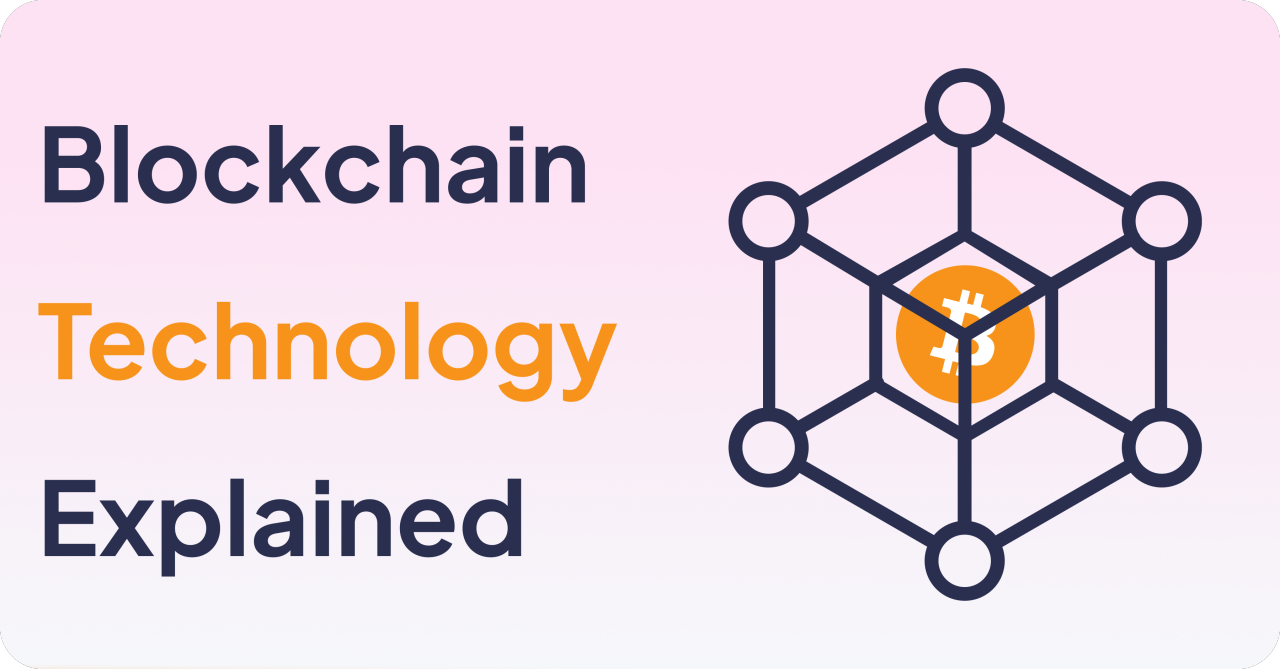Outsourcing vs Out-Tasking: Which is Ideal For Your Business?
Till a couple of decades back, organizations had no other options but to manage all their tasks and projects using internal teams. Then came the concepts like staff augmentation and independent contractors to help organizations augment their human resources. The emergence of technology, particularly the internet, opened up new methods like outsourcing, out-tasking, managed services, etc., for companies to manage their jobs. Outsourcing is the popular common name for the methods of getting work done by external agencies and providers, but out-tasking emerged as an alternative, though for a different scale of operations and purposes.
Both these terms are commonly used interchangeably even though they are very different in terms of strategies and timelines and even organizations are often confused about the differences between them. Out-tasking which sits somewhere between contracting and outsourcing helps organizations quickly augment manpower capacity without disturbing the current operating model and adding headcount. This approach is more structured and targeted than staff augmentation or contracting and is much easier to adopt than outsourcing. However, you must consider some key differences to factor in when deciding between outsourcing versus out-tasking.
Difference Between Outsourcing and Out-tasking
Most companies are now familiar with traditional outsourcing practices – shifting the team, process, tools, and management of service segments like IT infra management, data management, software development, facilities management, sales and marketing, back-office functions like finance, payroll to a third-party service provider for a monthly or annual fee. Incidentally, Business Process Outsourcing (BPO) is one of the most popular forms of outsourcing that include a wide spectrum of operations and services. The outsourcing service providers are typically equipped with the best practices in the respective service areas to help them deliver superior service at a lower cost by taking on a responsibility to manage the process or project. This allows organizations to focus on their core business competencies without having to build and manage in-house departments and teams.
While outsourcing involves engaging external agencies to manage a particular process or project end-to-end, in an out-tasking arrangement, companies assess and decide which particular functions or tasks they should manage internally, and which they would want to outsource externally. Out-tasking is outsourcing at a micro level where the organizations take responsibility for the outcome of the project or process. The typical tasks that are out-tasked include data and storage management, data and application backups, network management, security operations, helpdesk functions, AP process, payroll processing, or portions of application development.
Who Should Choose an Out-Tasking Approach
Out-tasking is an ideal option for smaller organizations to drive growth with flexibility, without bothering much about the commitment of an outsourcing arrangement. This approach is often a logical transformation from the model of independent contractors to engaging a more organized out-tasking provider. Businesses of the following types should consider out-tasking:
-
Small to medium enterprises: Outsourcing involves a long-term commitment to the provider, which is like an on-premise IT infra and application. Out-tasking is more like a SaaS model that allows small to medium clients to avail resources on demand. While outsourcing that works on long-term fixed fee commitment are ideal for large enterprises, out-tasking with the variable cost is the best option for small to medium companies to scale at the desired rate and level.
-
Growth-stage businesses: The growth stage businesses need flexibility in their operations to scale their business. Outsourcing is a longer-term contract with huge initial capital investments that restricts flexibility to scale up and down. Out-tasking has minimal or no up-front investment or commitment and can be scaled up and down virtually without constraints.
-
Too many contractors: If the client already manages processes and tasks using a large contingent of independent contracts, out-tasking is a better solution to get away from the hassles of the tedious resource management process. Out-tasking providers improve upon the traditional contracting model to take on the responsibility to manage the entire gamut of resource sourcing and management including the performance and productivity reporting, though not the full process ownership provided by the outsourcing model.
How Does Out-Tasking Benefit Businesses
-
Enhanced visibility and insight
Since the clients don’t give away full control of the entire project or process to the service providers, the client has better visibility into the tasks they have out-tasked. Out-tasking work on agreed Service Level Agreements (SLAs), so that any deviations can be tracked and monitored to bring about proactive improvements and improved task efficacy.
-
Improve performance
Out-tasking allows companies to get repetitive and low-value tasks done by service providers leaving them to focus on their core business operations. By deciding which option delivers more value for which process or project, businesses can save costs, enhance the top line, and scale to grow the business.
-
Better flexibility to scale
Outsourcing that involves long-term contractual commitment makes clients less innovative and flexible. Outsourcing contracts restrict your flexibility to scale up or down your service requirements depending on the high and low demand. Out-tasking, because of its nature of short-term contracts, supports you to be flexible in scaling the level of service capacity up or down along with the adoption of emerging technologies such as IoT, big data, analytics, artificial intelligence, and machine learning, and blockchain.
In a Nutshell
Whether to outsource or out-task is a business decision that involves considering various aspects such as cost savings, innovation, technology adoption, flexibility, project management skills, and human resource development, which differs from company to company. Outsourcing, that are usually opted for by large enterprises, is not the solution for every type of client, particularly small companies for whom out-tasking can be a very effective targeted solution because it can be sourced and implemented quickly to achieve high flexibility during uncertain times. Freelancing marketplaces like AiDOOS provide Task as a Source (TaaS) to help small to medium enterprises to execute projects and tasks without huge initial investments, but with flexibility.




